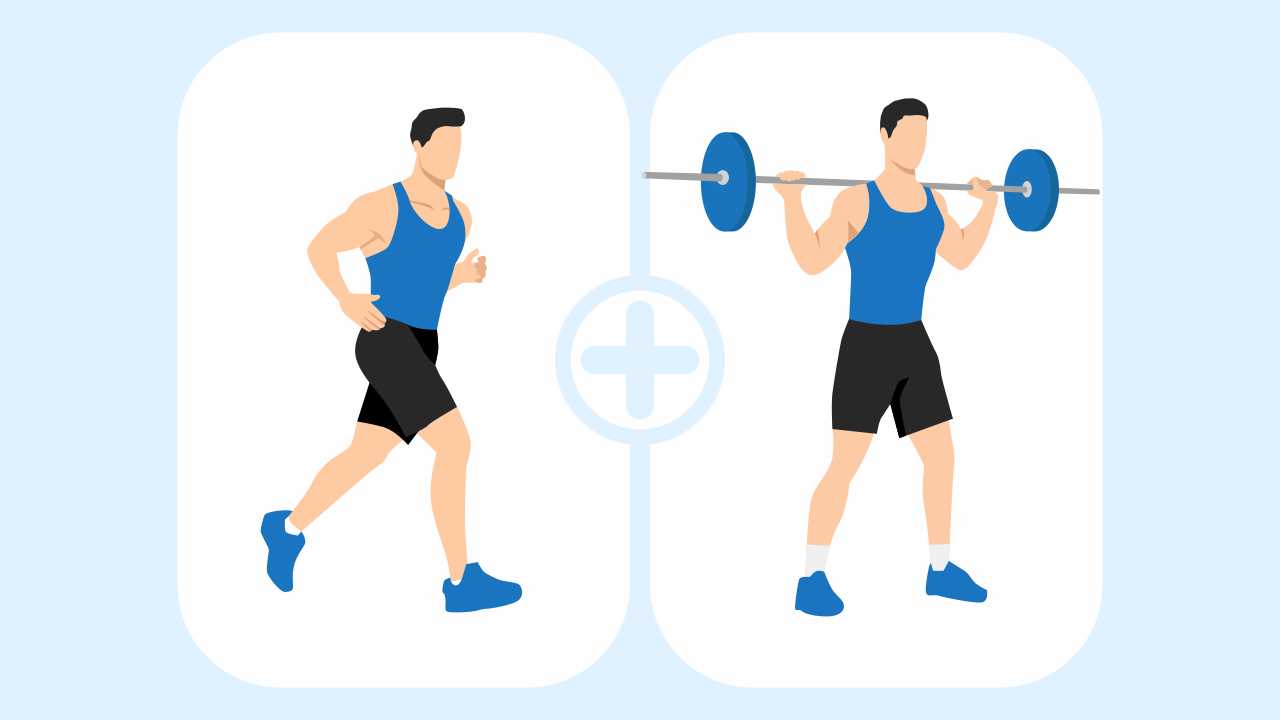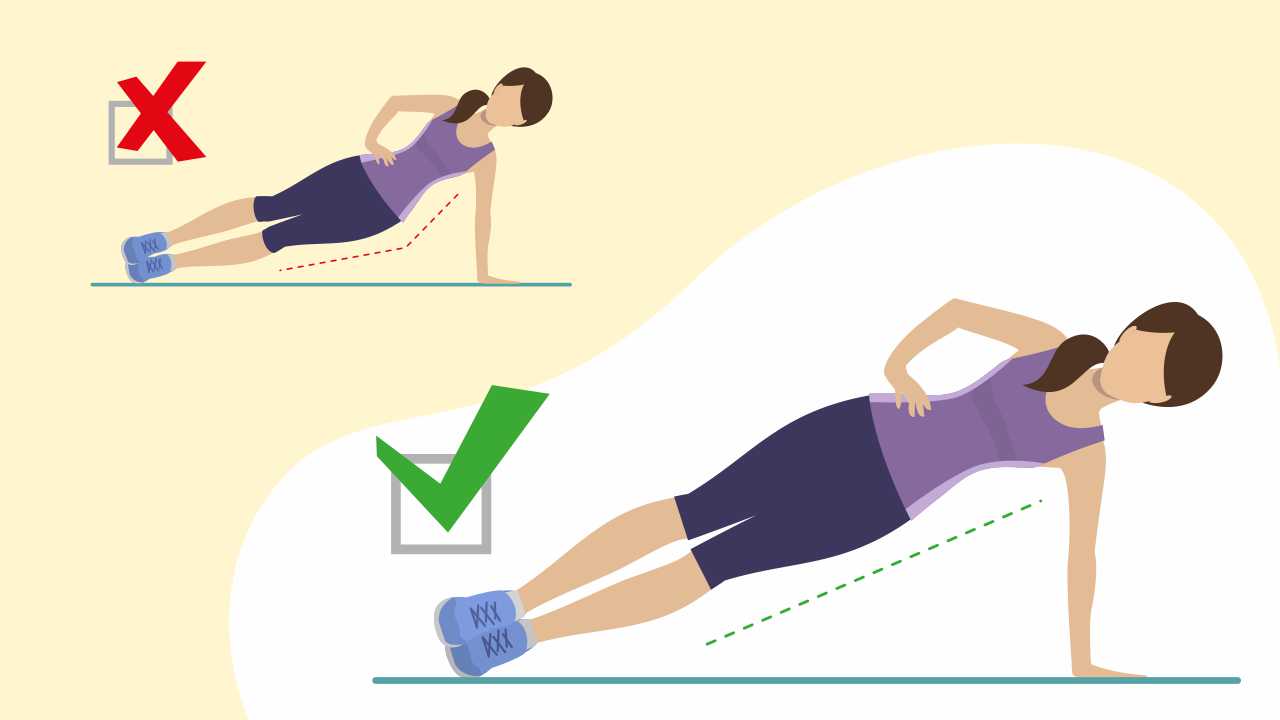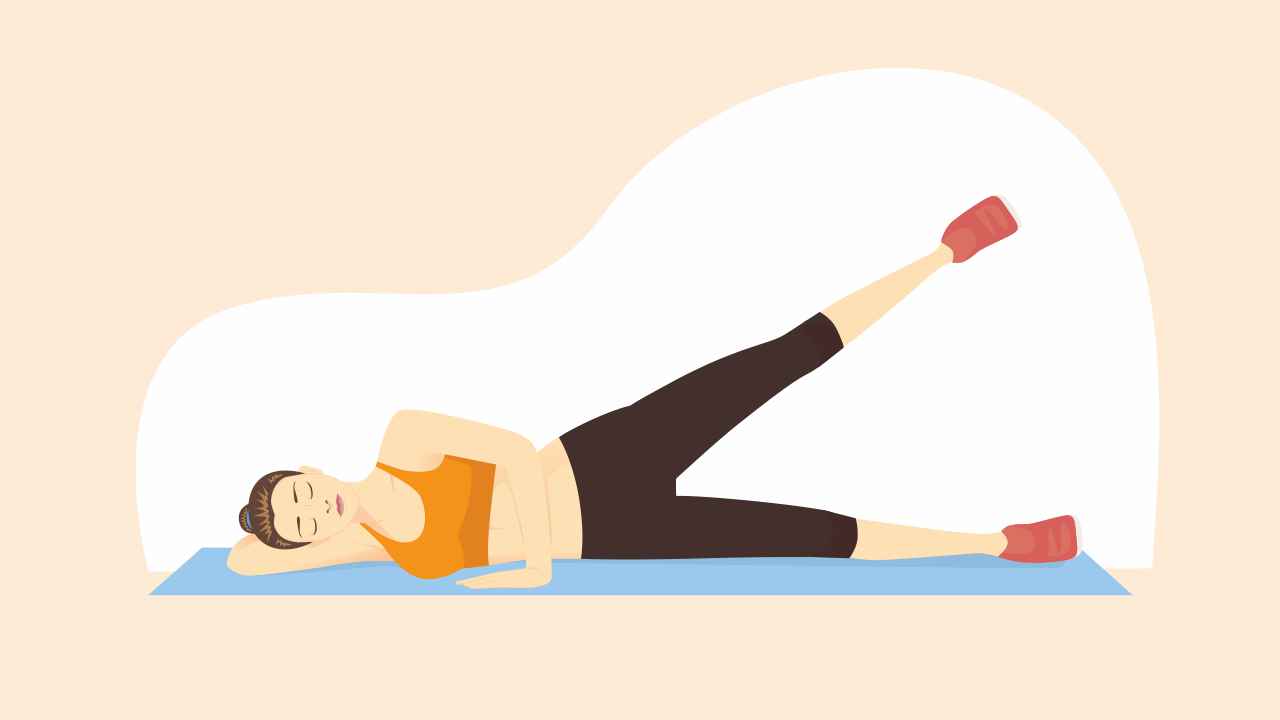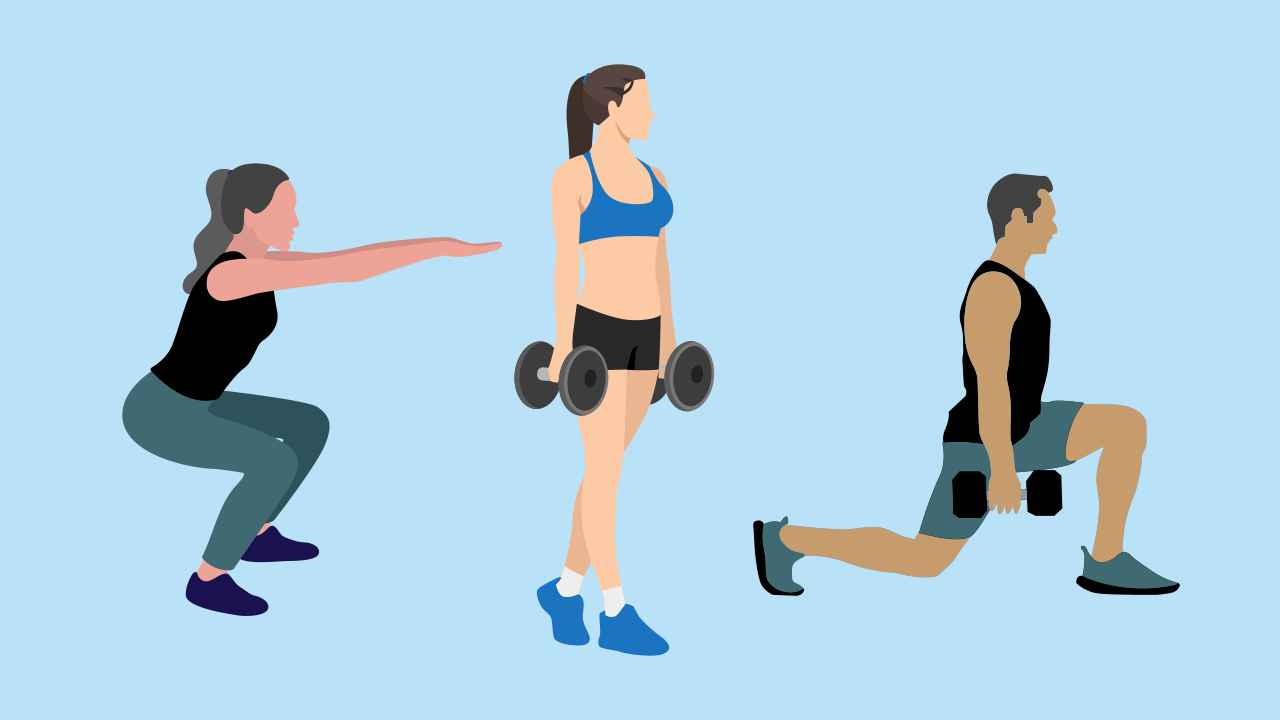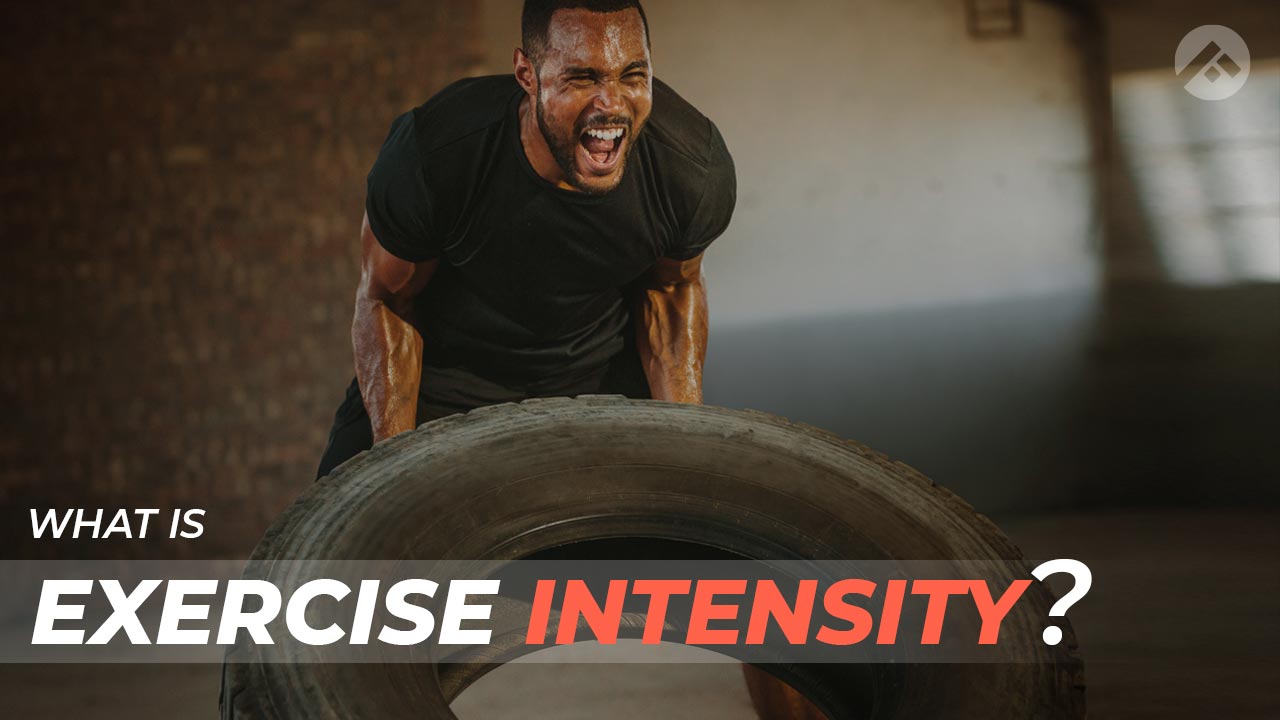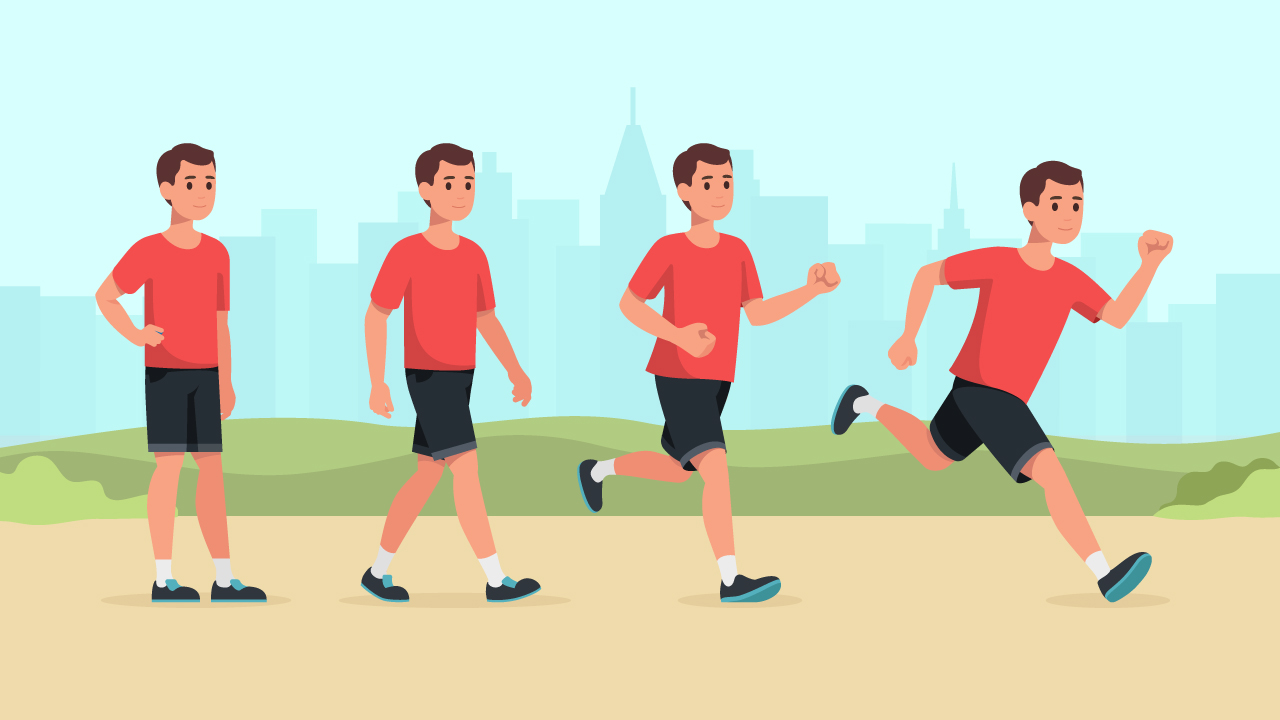
How to Squat Properly: A Step-by-step Guide
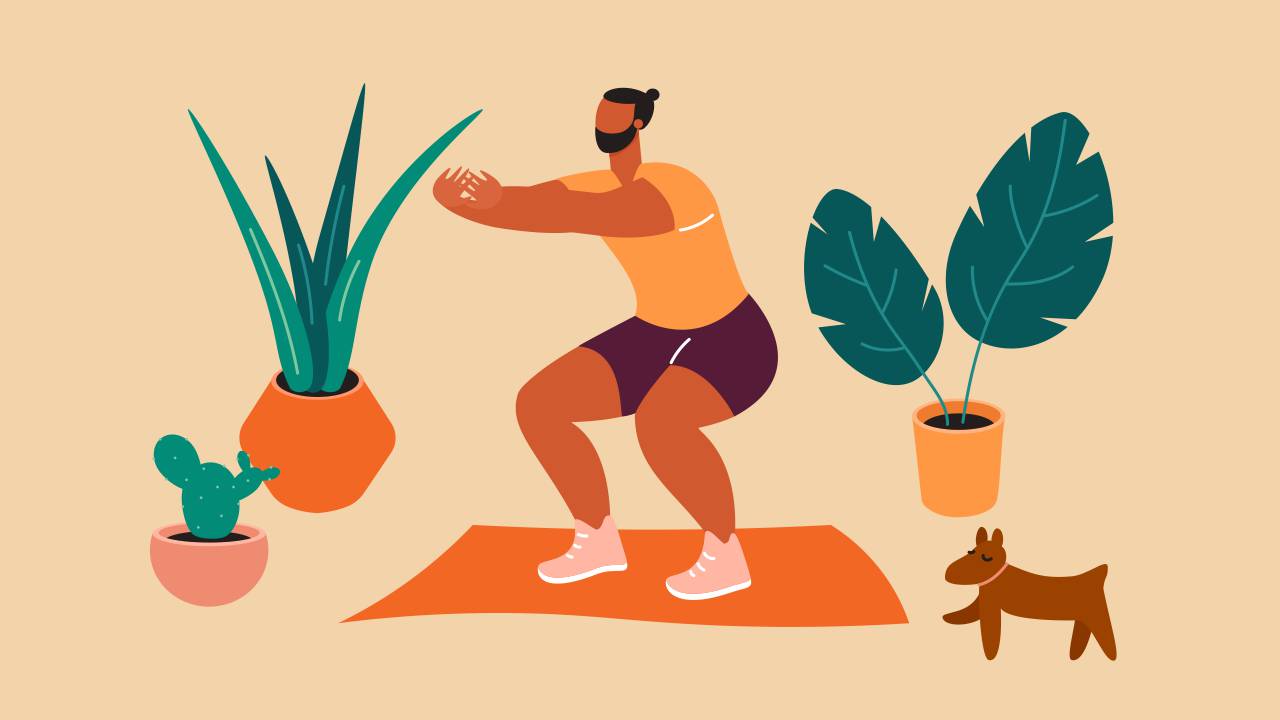
The squat is one of the most common exercises in strength and conditioning programs. It is the go-to exercise if you want to improve strength, jump performance, and speed. It not only helps enhance performance but also reduces the risk of injuries. Many of your everyday activities naturally involve squatting, such as getting in and out of the chair, getting out of your car, or picking up an object from the floor. To have the ability to squat properly allows for smooth physical functioning.
The technique
- The squat begins in an upright position
- Knees and hips are fully extended
- Squat down in a smooth and continuous motion, flexing at the knees, hips and ankles (dorsiflexion) — eccentric phase
- Squat till your desired depth. Ideally, below parallel, a point where the crease of the hips (where the abdomen meets the thigh) is lower than the top of the knee
- Ascend back to upright position — concentric phase
Muscles involved in a squat
Being a complex movement, performing an efficient squat requires coordinated efforts of all the muscles of the trunk and joints of the lower extremities.
Primary muscles
The muscles of your core ensure proper positioning of your torso
Hamstrings (biceps femoris, semimembranosus and semitendinosus), running down from your pelvis to the back of your knees, they stabilize the knee, extend the hip (ascent), and also control the descent (flexion of the knee)
Quadriceps (rectus femoris, vastus intermedius, vastus lateralis and vastus medialis) are the primary extensors of the knees, and these are the ones that you will feel the most while performing squats
Gluteus maximus is primarily involved in the extension of the hip. Along with the hamstrings, it controls the hip
Hip external rotators or abductors are involved in maintaining your knees in-line with your toes
The adductors lengthen in the downward phase of the squat, and powerfully contract to support extension
How to do a proper squat
Each time you lift, you should have the intent to lift with proper form and technique. This is an aspect that is often overlooked.
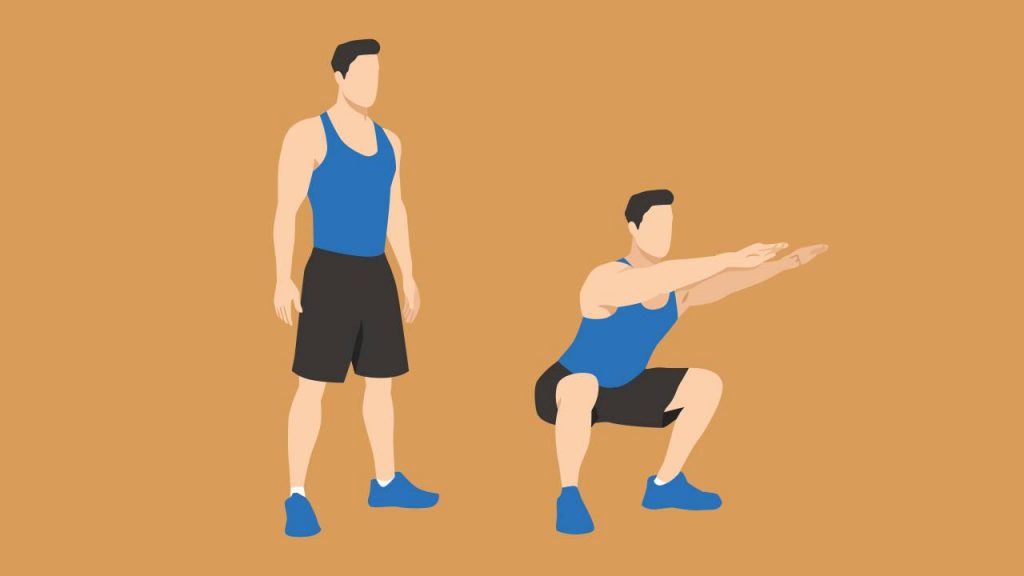
Some vital aspects of performing a squat:
1. Embrace the core properly. Doing this raises the intra-abdominal pressure, thereby creating rigidity and reducing the risk of injury.
2. Grab the floor with your feet, think of your feet as a tripod.
3. Externally rotate the hips while maintaining tripod feet.
4. Initiate the descent by hinging at the hips.
5. The back remains rigid and stable throughout the entire repetition.
6. The knees should move well in-line with the toes.
7. During the ascent, the hips, and chest should move at the same time.
8. The entire weight to remain centered over midfoot.
9. If using a barbell, one should have the bar in complete control, not allowing it to move on the back.
10. Ideal depth should be achieved, with the crease of the hips lower than the top of the knees.
Are you struggling to squat properly?
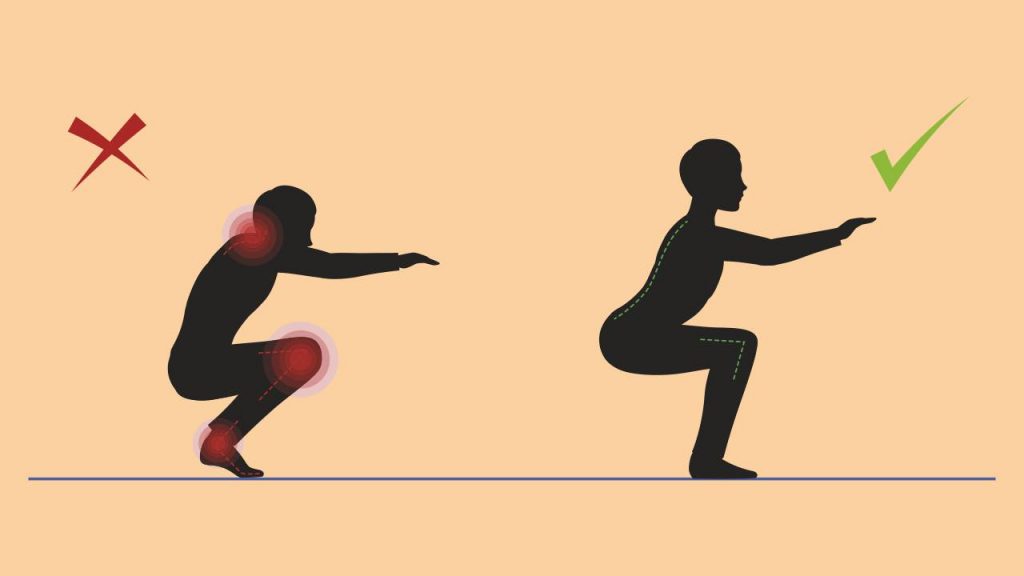
Poor joint range of movement is one of the primary reasons why people struggle to squat. Let’s take a joint-by-joint approach.
Foot: Our feet provide us the base for squatting. Not having adequate stability in the feet will lead to an unstable base. Make sure to strengthen the feet by simple movements such as walking on your heels and toes, and performing single leg exercises such as calf raises.
Ankle: Your feet should have optimal dorsiflexion to allow for your knees to go over the toes. Immobile ankles lead to problems in the foot and the knee. Using a resistance band for ankle joint mobilization, and isometric loading of the ankle are effective tools to improve ankle joint mobility.
Knees: Stability of the knee is extremely important. It is not uncommon to see knees caving in (knee valgus) while squatting. It represents poor stability, form, and technique, and places significant amounts of stress on the knees. Performing single-leg exercises such as skater squats, and deficit eccentric squats with a focus on the movement of the knees will improve stability and control of the knees.
Hip: Adequate mobility in the hip is crucial to move efficiently while squatting. Proper squat set-up depends on hip external rotation. If hip mobility is compromised, it also increases the risk of lower back injury. Mobility exercises such as hip 90:90 rotation, isometric loading of the hip abduction, and adduction will help in improving hip mobility.
Lower back: Strong and stable lower back is a must when performing squats. Having inhibitions in strength and stability of the lower back is the reason it becomes difficult to maintain good positions of the spine. Performing core strengthening work will make sure the stabilizing muscles of the spine maintain good positioning of the spine while squatting.
Thoracic region: This is your middle to the upper back region. Prolonged sitting is one of the main reasons for loss of mobility in the thoracic region, an element crucial to maintaining a firm and steady spine for squatting properly. Exercises such as spinal segmentation, thoracic spine extension using a foam roller, and squat and rotation of the torso, are helpful in improving spinal mobility.
Also read: How to Trick Your Brain into Working Out Regularly
The squat is an excellent exercise to build muscle, improve athletic performance, and have healthy physical functioning. It is also widely used to treat various injuries of the knee such as patellofemoral syndrome, hip pain and low-back pain. Correct form and technique are a must for any exercise, and the squat is no exception. Go slow and steady to squat better and stronger.
References
1. Comfort P, Kasim P. Optimizing Squat Technique. Strength and Conditioning Journal 2007; 29: 10–3.
2. Escamilla RF. Knee biomechanics of the dynamic squat exercise. Med Sci Sports Exerc 2001; 33: 127–41.
3. Swinton P, Lloyd R, Keogh J, et al. A Biomechanical Comparison of the Traditional Squat, Powerlifting Squat, and Box Squat. J Strength Cond Res 2012; 26: 1805–16.
4. Escamilla RF, Fleisig GS, Zheng N, et al. Effects of technique variations on knee biomechanics during the squat and leg press. Med Sci Sports Exerc 2001; 33: 1552–66.
5. van Dieën JH, Hoozemans MJ, Toussaint HM. Stoop or squat: a review of biomechanical studies on lifting technique. Clin Biomech (Bristol, Avon) 1999; 14: 685–96.
6. Dahlkvist NJ, Mayo P, Seedhom BB. Forces during squatting and rising from a deep squat. Eng Med 1982; 11: 69–76.
7. Squat University. Squat University. 2021. https://squatuniversity.com (accessed 7 Mar, 2021).
8. Expert Strength Coaching + Free Content | Barbell Logic Online Coaching. Barbell Logic. 2021. https://barbell-logic.com (accessed 7 Mar, 2021).




